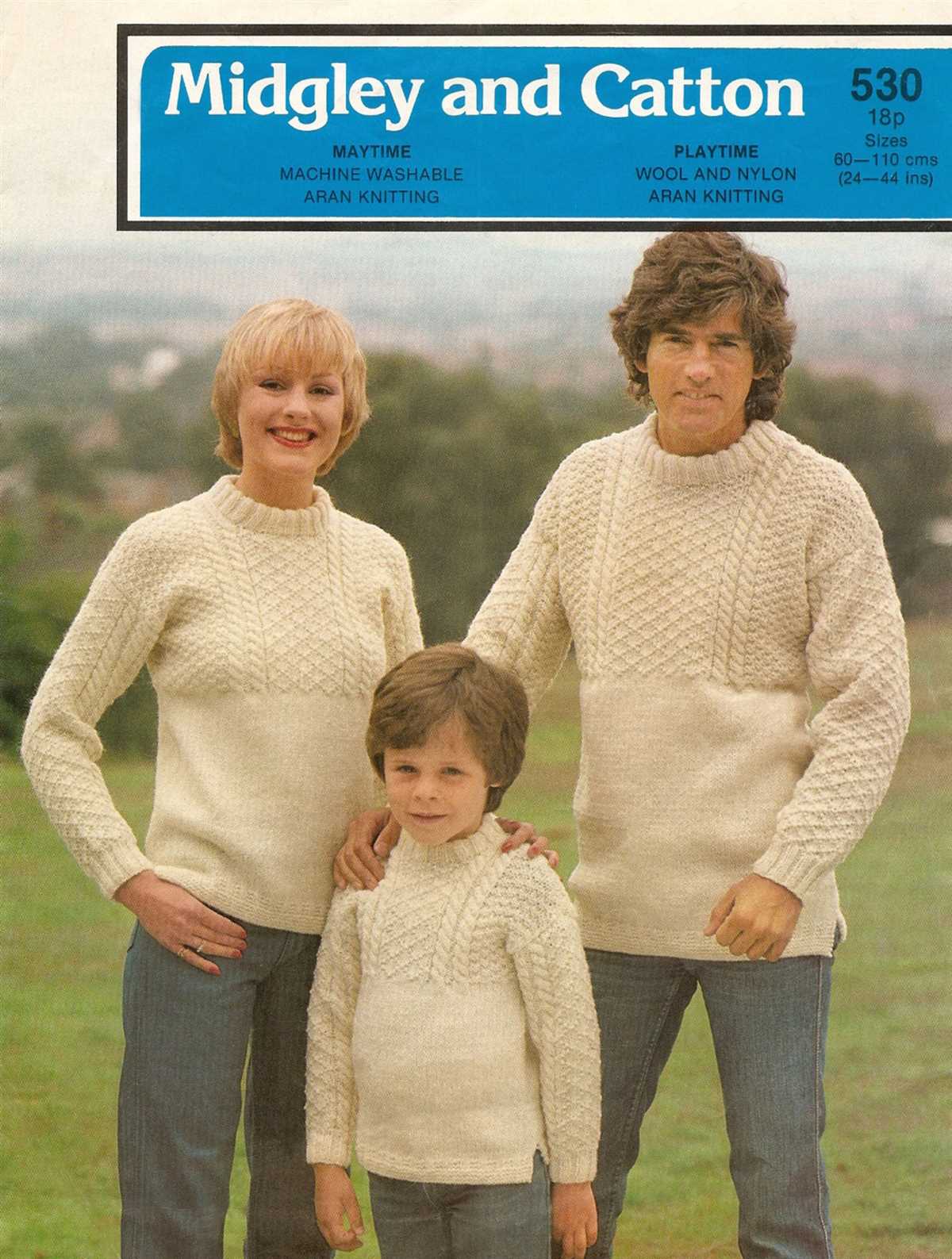
Are you looking for beautiful and cozy aran sweaters for your little ones? Look no further! We have gathered a collection of free knitting patterns for children’s aran sweaters that are perfect for beginners and experienced knitters alike.
Aran sweaters, also known as fisherman sweaters, are traditionally made using intricate cable patterns that symbolize different aspects of Irish culture and heritage. These sweaters are not only stylish and warm but also a testament to the rich history of knitting in Ireland.
Our collection of free knitting patterns includes a variety of designs for boys and girls, ranging from classic and timeless styles to more modern and playful options. Whether you prefer a simple and elegant sweater or one with adorable animal motifs, you will find something to suit your child’s taste.
Free knitting patterns for children’s Aran sweaters
Knitting is a popular craft that allows you to create beautiful and unique clothing items. If you’re looking to knit a sweater for your child, Aran sweaters are a great option. These sweaters are known for their intricate cables and textured patterns, making them a timeless and stylish choice for children of all ages.
Fortunately, there are many free knitting patterns available online for children’s Aran sweaters. These patterns provide step-by-step instructions and guidance on how to create the sweater, from choosing the right yarn and needles to completing the finishing touches. They come in a variety of sizes, so whether you’re knitting for a toddler or a teenager, you’ll be able to find a pattern that suits your needs.
Why choose an Aran sweater?
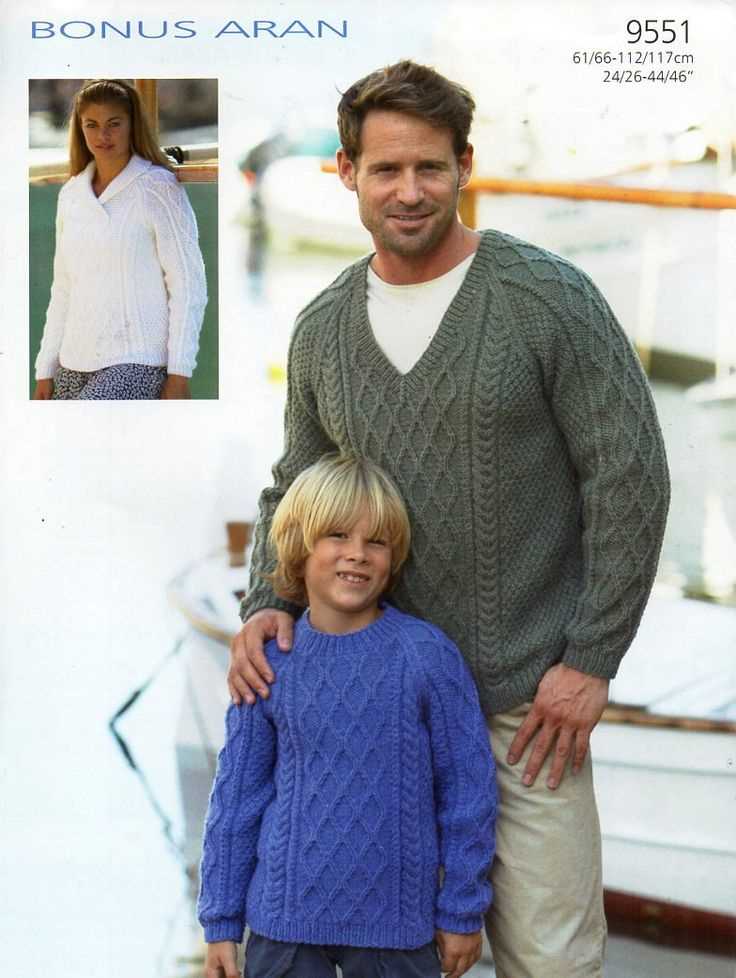
Aran sweaters are not only fashionable but also practical. The cables and textured patterns provide extra warmth, making them perfect for colder seasons. They are also durable and can withstand the wear and tear of active children. Additionally, the classic design of Aran sweaters ensures that they never go out of style, so your child can enjoy wearing their handmade sweater for years to come.
Where to find free knitting patterns?
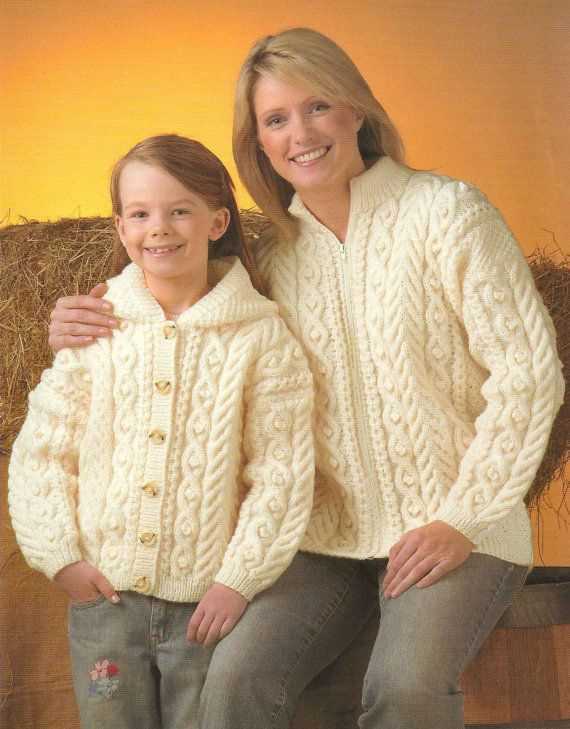
There are several websites and online communities dedicated to knitting that offer free Aran sweater patterns for children. Ravelry, a popular knitting community, has a vast collection of patterns shared by fellow knitters. You can browse through the patterns, read reviews, and even connect with other knitters for support and inspiration.
In addition to Ravelry, many yarn companies and knitting magazines also provide free knitting patterns on their websites. These patterns are often created by professional designers and offer a wide range of styles and sizes to choose from.
Start knitting today!
With the availability of free knitting patterns for children’s Aran sweaters, there’s no reason not to give this rewarding craft a try. Whether you’re an experienced knitter or just starting out, these patterns will guide you through the process and help you create a beautiful sweater that your child will love.
So grab your knitting needles, choose a pattern, and start creating a cozy and stylish Aran sweater for your little one.
What is an Aran sweater?
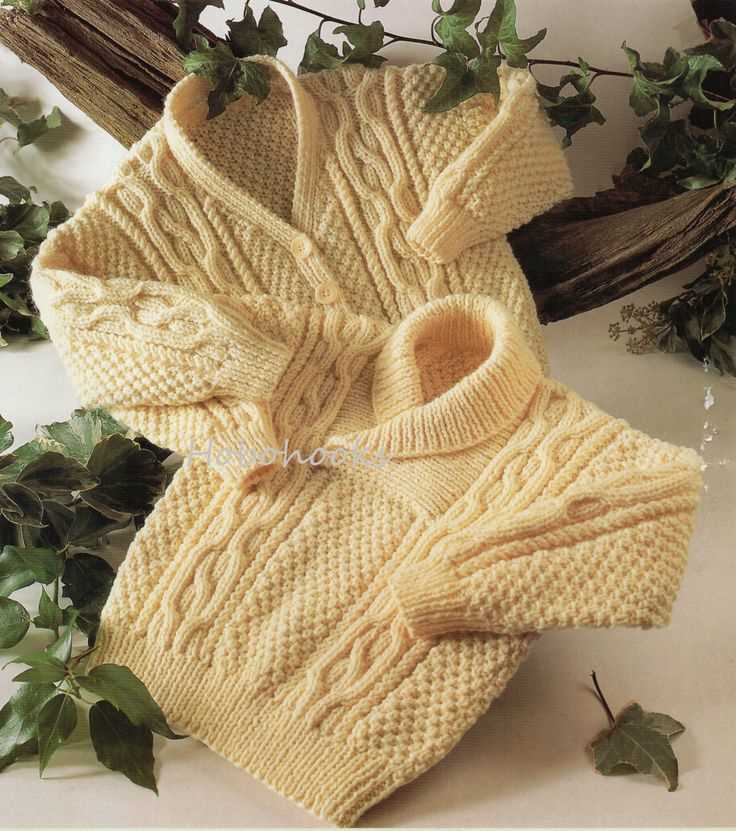
An Aran sweater is a traditional style of sweater that originated in the Aran Islands of Ireland. It is typically made from warm and durable wool, making it perfect for colder climates.
One distinctive feature of an Aran sweater is its intricate cable and stitch patterns. These patterns are not only decorative but also serve functional purposes, providing extra warmth and insulation. The patterns often have symbolic meanings, with each stitch and cable representing different elements of island life or folklore.
Traditionally, Aran sweaters were handmade by the women of the Aran Islands using techniques passed down through generations. Today, they continue to be a popular choice for both men and women, not only in Ireland but also around the world. Many people appreciate the timeless and classic style of Aran sweaters, as well as their practicality and durability.
With their rich history and intricate designs, Aran sweaters are more than just garments – they are a reflection of Irish heritage and craftsmanship. Whether you’re looking for a traditional Aran sweater or a modern adaptation, there are plenty of free knitting patterns available for children’s Aran sweaters to help you create your own unique piece.
Benefits of Knitting for Children
Knitting is a valuable activity for children that offers a wide range of benefits for their development. Here are some key reasons why knitting can be beneficial for children:
1. Enhances Fine Motor Skills: Knitting requires precise hand movements and coordination, which helps children to improve their fine motor skills. By manipulating the yarn and needles, children develop hand-eye coordination, dexterity, and finger strength.
2. Develops Concentration and Focus: Knitting requires concentration and focus, as children need to follow patterns and count stitches. This activity can improve their ability to stay focused and enhance their attention span, which can be beneficial for other areas of their lives, such as schoolwork.
3. Fosters Creativity and Imagination: Knitting allows children to express their creativity and imagination. They can experiment with different colors, textures, and patterns, and even create their own designs. This fosters their artistic abilities and encourages them to think outside the box.
4. Builds Patience and Perseverance: Knitting is a slow-paced activity that requires patience and perseverance. Children need to learn to take their time, follow instructions, and keep trying even when they make mistakes. This helps them develop resilience and the ability to overcome challenges.
5. Promotes Relaxation and Stress Relief: Knitting can have a calming effect on children, helping them to relax and unwind. The rhythmic movements and repetitive actions involved in knitting can be soothing, helping children to manage stress and anxiety.
6. Encourages Social Interaction: Knitting can be a social activity, as children can join knitting groups or share their projects with friends and family. This promotes social interaction, communication skills, and the sense of belonging to a community.
7. Provides a Sense of Accomplishment: Completing a knitting project gives children a sense of accomplishment and boosts their self-esteem. They can proudly wear or gift their handmade creations, which helps to develop a sense of pride in their abilities.
Overall, knitting is a rewarding activity for children that offers numerous developmental benefits. By engaging in this traditional craft, children can enhance their fine motor skills, concentration, creativity, patience, relaxation, social skills, and sense of achievement. Encouraging children to knit can be a wonderful way to promote their holistic development.
Choosing the Right Yarn for Children’s Aran Sweaters
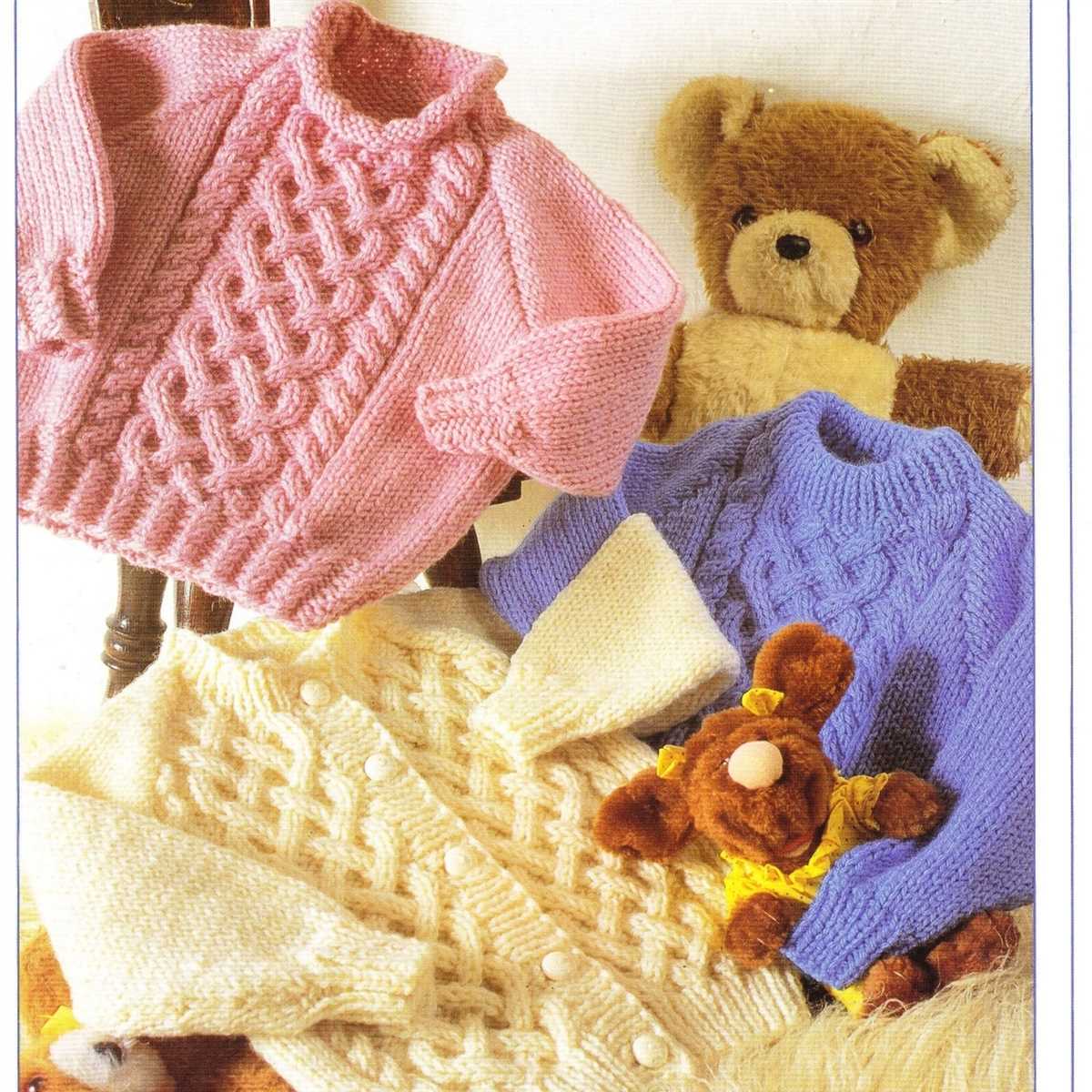
When it comes to knitting children’s Aran sweaters, choosing the right yarn is essential for creating a comfortable and durable garment. Aran sweaters are known for their intricate cable patterns and textured designs, so it’s important to select a yarn that can showcase these details while also being soft and cozy against a child’s sensitive skin.
1. Natural Fibers: Opting for yarns made from natural fibers, such as wool or cotton, is a great choice for children’s Aran sweaters. These fibers offer excellent insulation, warmth, and breathability, making them ideal for all seasons. Additionally, natural fiber yarns tend to have more elasticity, which ensures a good fit and allows for ease of movement.
2. Worsted Weight Yarn: Worsted weight yarn is a common choice for Aran sweaters, as it provides the right balance between being chunky enough to showcase the intricate cable patterns and not being too heavy or bulky. Worsted weight yarn also tends to knit up quickly, which is a bonus when knitting for children who may outgrow their clothes faster.
3. Soft and Machine Washable: Children’s clothing needs to be both soft and easy to care for. Look for yarns that are labeled as “baby” or “soft” to ensure a gentle touch against a child’s skin. Additionally, choosing machine washable yarns will make it easier to clean and maintain the sweater, as children’s clothing tends to get dirty quickly.
4. Consider the Color: Children often gravitate towards vibrant and fun colors. When choosing yarn for a child’s Aran sweater, consider opting for bright hues or playful variegated yarns. These colors will not only make the garment visually appealing, but they can also help in making the sweater more appealing to the child, encouraging them to wear it more often.
By carefully considering these factors and selecting the right yarn, you can ensure that the children’s Aran sweater you knit will be a cozy, durable, and loved garment that will be cherished for years to come. Happy knitting!
Essential knitting techniques for children’s Aran sweaters
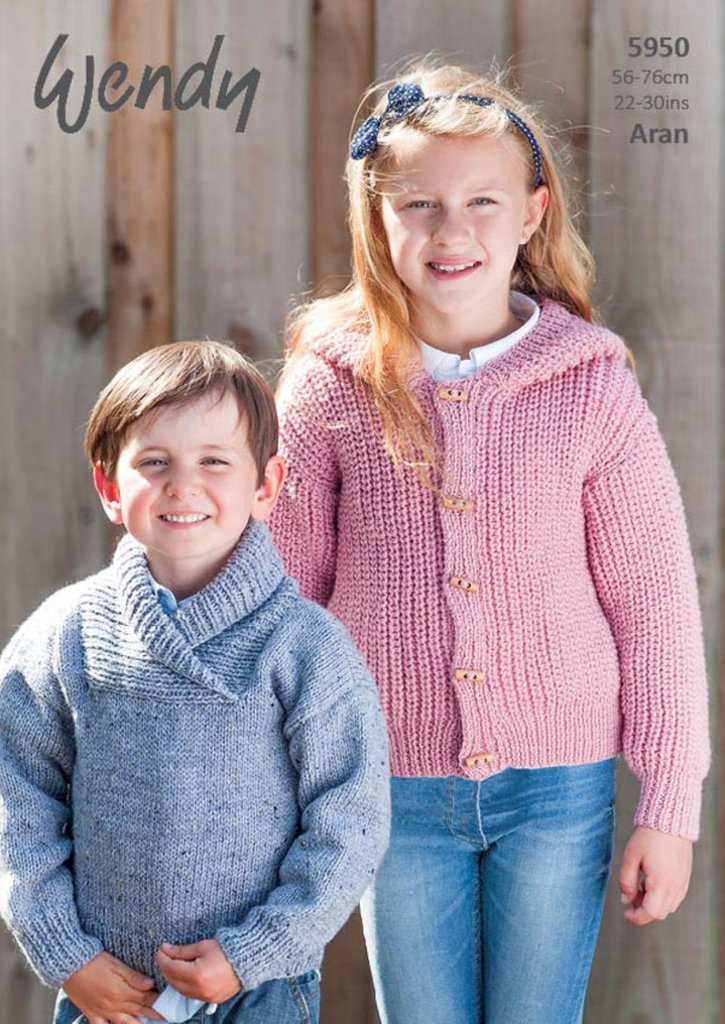
When knitting children’s Aran sweaters, there are several essential techniques that every knitter should be familiar with. These techniques not only ensure that the sweater is knit correctly, but also add a beautiful texture and pattern to the finished product.
Cabling: Cabling is a fundamental technique in Aran knitting. It involves crossing stitches over each other to create intricate patterns. Children’s Aran sweaters often feature cables running vertically or horizontally on the garment. It’s important to learn how to read and follow cable charts to achieve the desired pattern.
- Start by using a cable needle to hold the stitches that need to be crossed.
- Slip the required number of stitches onto the cable needle.
- Hold the cable needle at the front or back of the work, depending on the desired effect.
- Knit the stitches from the cable needle back onto the left-hand needle.
- Continue knitting the rest of the row as instructed.
Aran Texture Stitches: Aran sweaters are known for their unique and intricate texture stitches. These stitches add depth and interest to the garment. Some common Aran texture stitches include moss stitch, seed stitch, and honeycomb stitch.
- Moss stitch involves alternating knit and purl stitches across a row.
- Seed stitch is created by alternating knit and purl stitches in a checkerboard-like pattern.
- Honeycomb stitch creates a series of interlocking hexagons using knit and purl stitches.
Seamless Construction: Seamless construction is often preferred for children’s Aran sweaters as it eliminates the need for sewing seams. This technique involves knitting the sweater in one piece, typically from the top down or bottom up.
- Begin by casting on the required number of stitches for the neckline or hem.
- Follow the pattern instructions to knit the body and sleeves, joining them seamlessly as you go.
- Use stitch markers to keep track of different sections and decreases.
- Finish the sweater by knitting the collar or cuffs, depending on the design.
By mastering these essential knitting techniques, you’ll be well-equipped to create beautiful Aran sweaters for children. Don’t be afraid to experiment with different patterns and stitches to make each sweater truly unique!
Tips for sizing and fitting children’s Aran sweaters
When knitting Aran sweaters for children, it is important to ensure that the sizing and fit are just right. Here are some tips to help you achieve the perfect fit for your little ones:
1. Measure accurately
Before starting your knitting project, take accurate measurements of the child’s chest, length, and arm length. This will help you choose the correct size and make any necessary adjustments to the pattern.
2. Consider ease
When choosing a size, consider the amount of ease you want in the sweater. Ease refers to the difference between the child’s body measurement and the finished measurement of the garment. A little bit of positive ease can provide a comfortable and roomy fit, while negative ease can create a snug and fitted look.
3. Adjust the pattern
If your child’s measurements fall between two sizes, you may need to make adjustments to the pattern. This can be done by adding or subtracting stitches in the width or adjusting the length of the sweater accordingly.
4. Check gauge
Always knit a gauge swatch before starting your sweater. Compare your gauge to the one specified in the pattern. If your gauge differs, you may need to change your needle size to achieve the correct measurements.
5. Consider growth
Since children grow quickly, it’s a good idea to add a bit of extra length to the sweater to allow for growth. You can also consider making the sweater slightly larger to ensure it will fit for longer.
6. Try it on
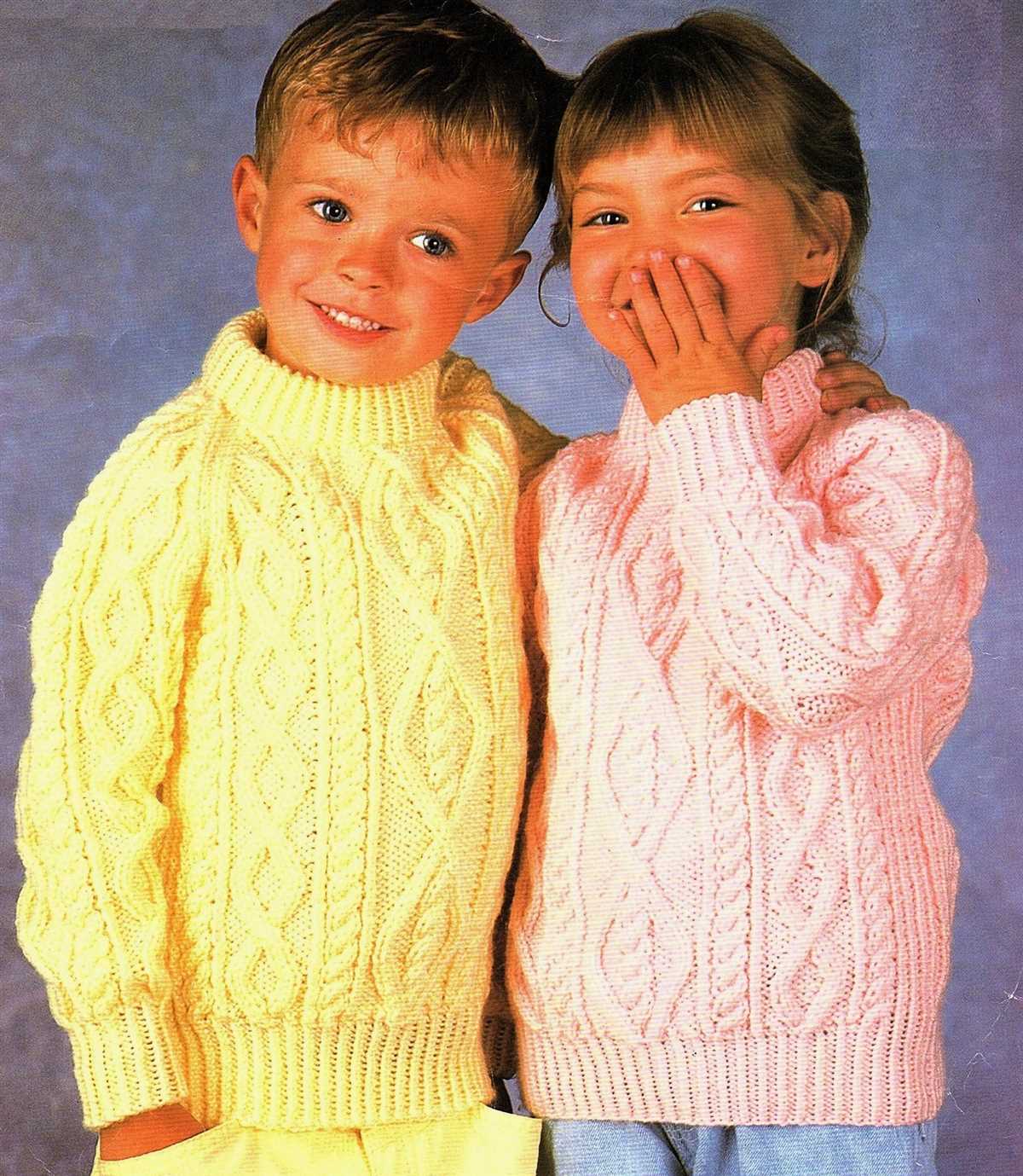
As you progress with your knitting, periodically try the sweater on the child to check the fit. This will allow you to make any necessary adjustments in real-time.
By following these tips, you can ensure that the children’s Aran sweater you knit will have the perfect fit, providing warmth and comfort for your little one.
Popular styles and designs for children’s Aran sweaters
Children’s Aran sweaters are a timeless and classic choice for both boys and girls. These traditional Irish garments are known for their intricate cable patterns and warm, cozy feel. There are several popular styles and designs that are commonly seen in children’s Aran sweaters.
1. Cable-knit
One of the most iconic features of Aran sweaters is the cable-knit design. These sweaters typically feature a variety of cable patterns, which are created by crossing stitches over each other. The cable-knit design adds depth and texture to the sweater, making it visually appealing and unique.
2. Diamond patterns
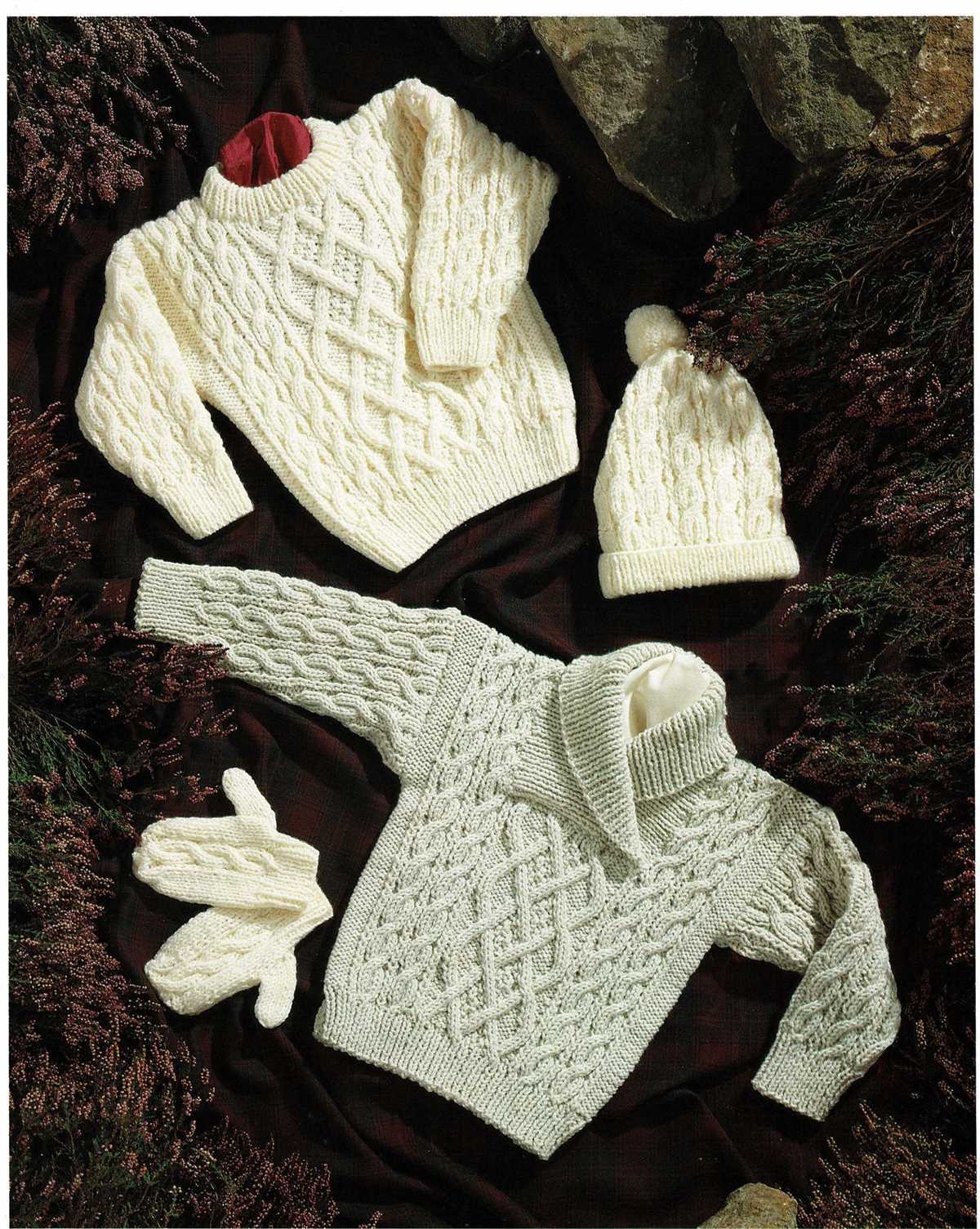
Another popular design element found in children’s Aran sweaters is the diamond pattern. This pattern is created by arranging a series of knit and purl stitches in a diamond shape. The diamond pattern adds a touch of elegance and sophistication to the sweater, making it suitable for more formal occasions.
3. Honeycomb stitch
The honeycomb stitch is a unique pattern commonly used in Aran sweaters. It resembles the cells of a honeycomb and is created by alternating knit and purl stitches. The honeycomb stitch adds a beautiful texture to the sweater and gives it a cozy, rustic feel.
4. Traditional fisherman’s rib
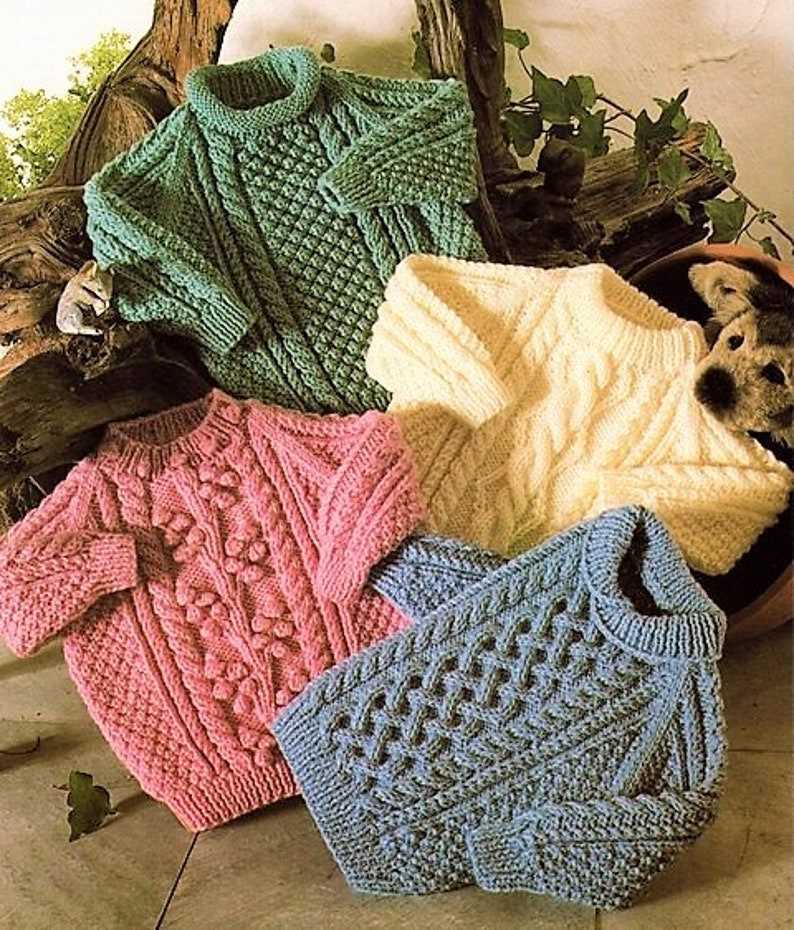
The traditional fisherman’s rib is a classic design that is often seen in Aran sweaters. This pattern creates a thick, dense fabric that is perfect for cold weather. The fisherman’s rib adds both warmth and visual interest to the sweater, making it an ideal choice for winter outdoor activities.
These are just a few examples of the popular styles and designs that can be found in children’s Aran sweaters. Whether you prefer classic cable-knit patterns or unique stitches like the honeycomb or fisherman’s rib, there is sure to be a perfect sweater for every child.
How to Modify Knitting Patterns for Different Sizes
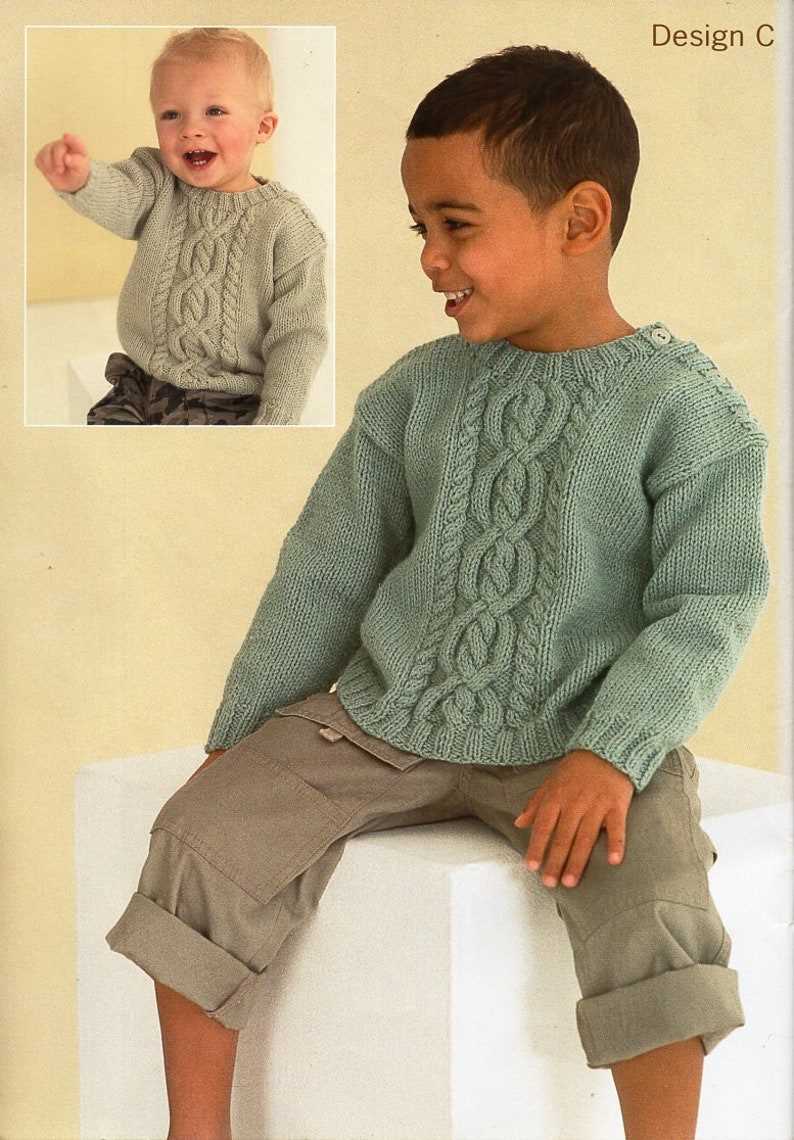
Modifying knitting patterns to fit different sizes requires a careful understanding of the pattern and some basic calculations. Here are a few steps to help you modify a knitting pattern for different sizes:
1. Take Measurements
Start by taking accurate measurements of the intended wearer. Depending on the pattern, this may include measurements such as chest/bust circumference, sleeve length, and overall length of the sweater. Once you have these measurements, you can refer to the pattern’s size chart to determine which size to modify.
2. Adjust the Gauge
The gauge is the number of stitches and rows per inch that the pattern recommends. Measure your gauge using the yarn and needles you plan to use for the modified pattern. If your gauge doesn’t match the pattern’s gauge, you will need to adjust the number of stitches and rows to achieve the correct size. This may require changing needle size or adjusting your tension.
3. Calculate Stitch and Row Counts
Once you have the correct gauge, calculate the stitch and row counts for your desired size. This may involve simple multiplication or division, depending on how many sizes you need to modify. Keep in mind that certain pattern elements, such as cables or lace, may require additional adjustments to maintain the intended look.
4. Modify Shaping and Length
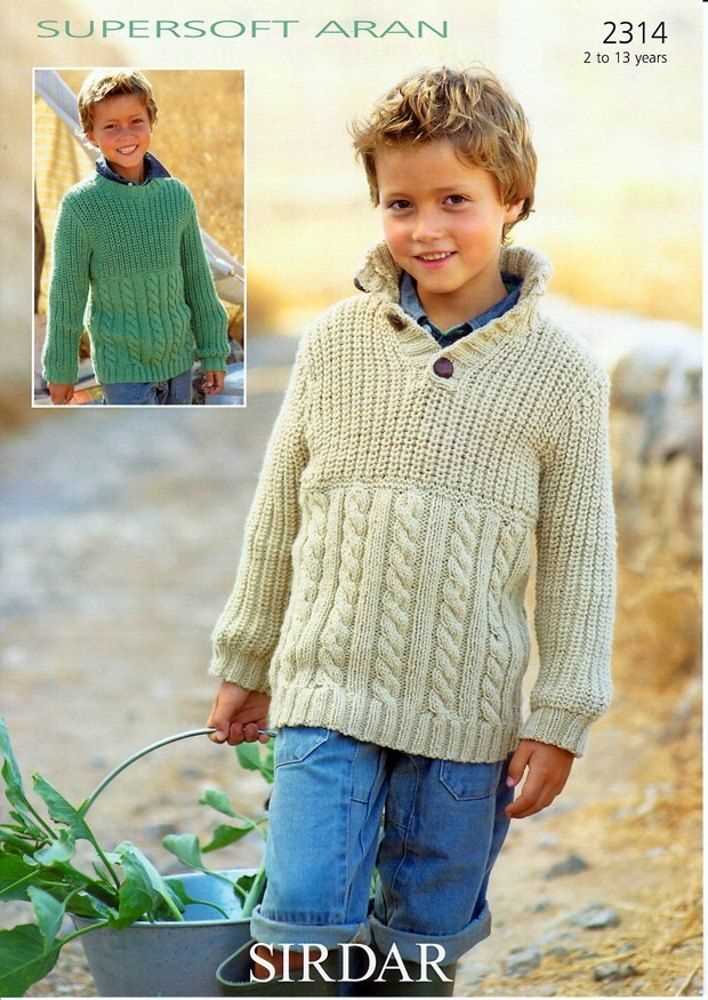
Next, review the pattern’s shaping instructions and make any necessary modifications to fit the new size. This may involve adding or subtracting stitches or rows to the shaping section, as well as adjusting the length of the sweater body or sleeves. Refer to the original pattern’s instructions for guidance on how to adjust these elements.
5. Test and Adjust
Once you have made the necessary modifications, it’s important to test your revised pattern on a swatch or small section before proceeding with the entire garment. This allows you to check the fit and make any additional adjustments if needed.
By following these steps and adapting the knitting pattern accordingly, you can create a sweater that fits the intended wearer perfectly, regardless of their size. Happy knitting!
Step-by-step guide to knitting a children’s Aran sweater
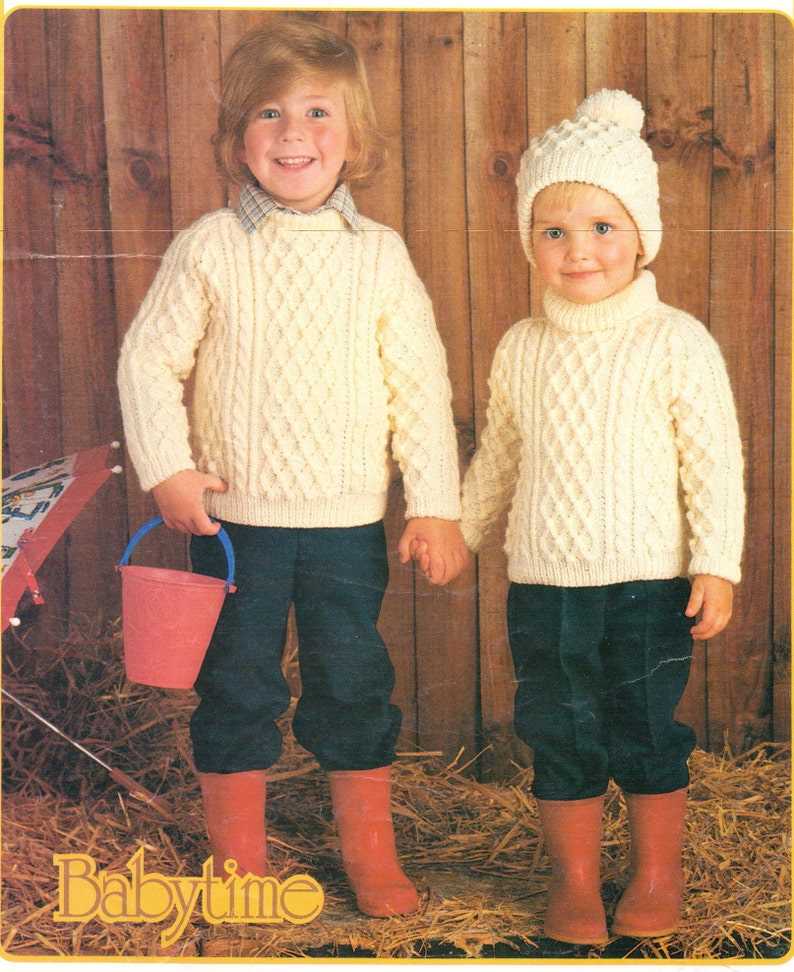
If you are looking to knit a cozy and stylish sweater for your child, an Aran sweater is a great choice. With its intricate cable patterns and warm texture, an Aran sweater is a classic wardrobe staple. Here is a step-by-step guide to help you knit a children’s Aran sweater.
1. Choose the right pattern
Start by selecting a free knitting pattern for a children’s Aran sweater. There are many websites and resources available online that offer a wide range of patterns to choose from. Look for a pattern that suits your child’s size and style preferences.
2. Gather your materials
Once you have chosen a pattern, gather all the necessary materials for your Aran sweater project. You will need a suitable yarn, knitting needles of the correct size, stitch markers, a cable needle, and a tapestry needle for finishing touches.
3. Check your gauge
Before you begin knitting, it’s important to check your gauge. This ensures that your sweater will have the correct size and fit. Follow the gauge instructions provided in the pattern and make any necessary adjustments to your knitting needles or tension to achieve the correct gauge.
4. Start knitting
Once you have your materials ready and your gauge checked, it’s time to start knitting your children’s Aran sweater. Follow the pattern instructions carefully, paying attention to the cable patterns and any shaping or stitch variations. Take your time and enjoy the process of creating a beautiful sweater for your child.
5. Finishing touches
Once you have completed all the necessary pieces of the sweater, it’s time to assemble and finish it. Use your tapestry needle to sew any seams, attach buttons or other closures, and weave in any loose ends. Give your sweater a final blocking to ensure a polished and professional finish.
With these step-by-step instructions, you will be able to knit a beautiful children’s Aran sweater. Enjoy the process and the satisfaction of creating a handmade garment for your child. Happy knitting!
Troubleshooting common knitting mistakes
Knitting is a relaxing and enjoyable hobby, but it can also be frustrating when mistakes happen. However, many common knitting mistakes can be easily fixed with a little patience and some basic knitting techniques. Here are some troubleshooting tips to help you overcome some of the most common knitting mishaps.
1. Dropped stitches
One of the most common mistakes in knitting is dropping a stitch. It happens when a stitch slips off the needle accidentally and unravels down the work. The key is to catch the dropped stitch as soon as possible to avoid further unraveling. To fix a dropped stitch, use a crochet hook or a smaller knitting needle to pick up the dropped stitch from the row below, working from the bottom up.
2. Uneven tension
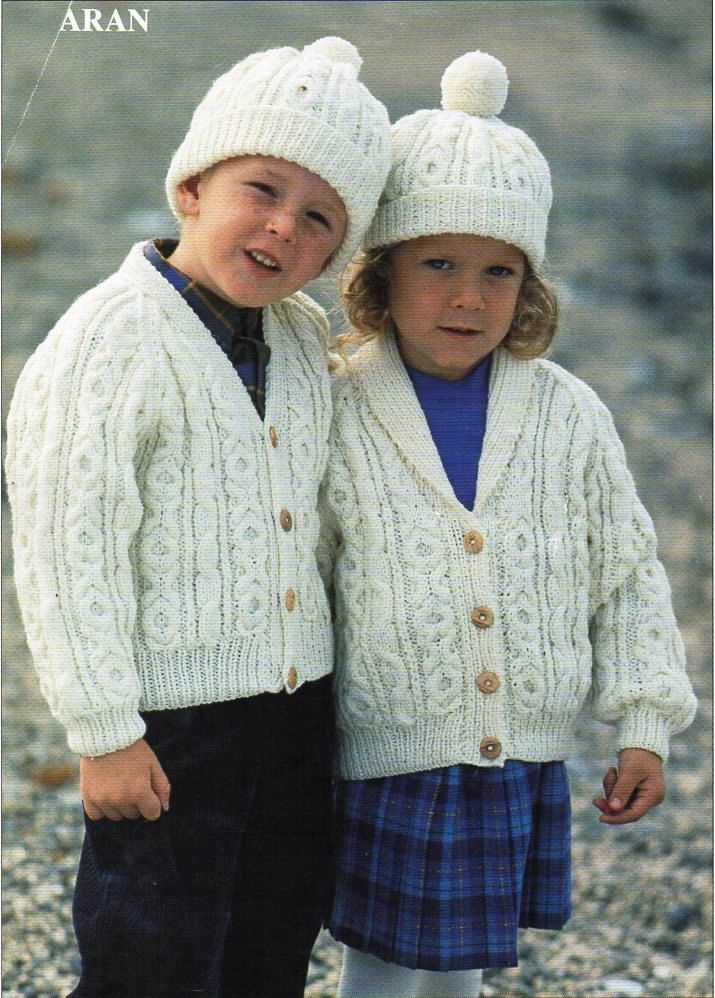
Uneven tension occurs when stitches are too tight or too loose, resulting in an inconsistent fabric. To achieve an even tension, pay attention to your knitting tension and try to keep it consistent throughout your work. If your stitches are too tight, try using a larger needle size. If they are too loose, use a smaller needle size. Practice and experience will help you find the right tension for your knitting.
3. Twisted stitches
Twisted stitches can happen when you accidentally twist the stitch while knitting, resulting in a twisted, uneven appearance. To fix twisted stitches, identify the twisted stitch and carefully unravel it to the row below. Then, insert the left needle into the stitch from the front and knit it as normal to untwist it. Be careful not to drop any other stitches when fixing twisted stitches.
4. Holes in lace knitting
When knitting lace patterns, it is common to encounter holes or gaps in the fabric. These can be caused by yarn overs or missed decreases. To fix holes in lace knitting, carefully locate the mistake and unravel the stitches to the problem area. Then, recreate the missing yarn overs and make sure to follow the lace pattern instructions for the correct decreases.
- Knitting is a relaxing hobby, but mistakes can happen.
- Dropped stitches can be fixed by picking up the dropped stitch from the row below.
- Uneven tension can be corrected by adjusting needle size.
- Twisted stitches can be fixed by carefully unraveling and re-knitting.
- Holes in lace knitting can be filled by recreating yarn overs and following the pattern.
Free online resources for children’s Aran sweater patterns
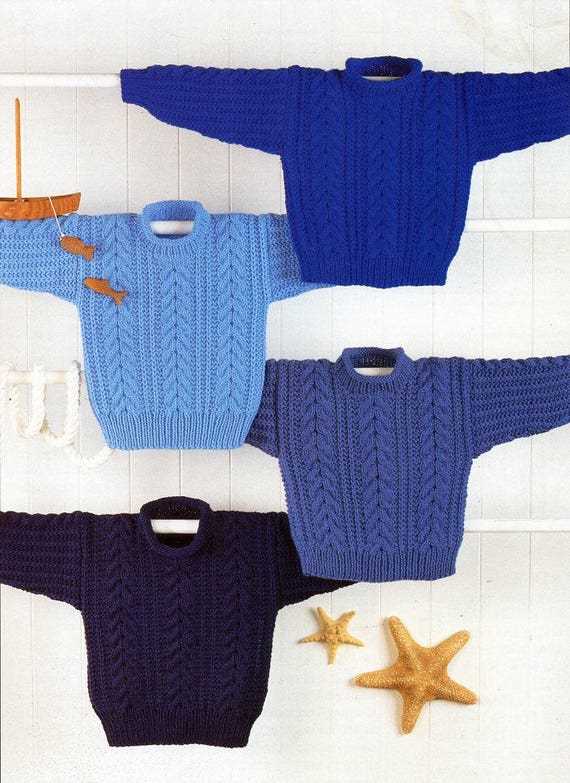
Children’s Aran sweaters are classic and timeless pieces that provide warmth and style. If you are looking for free knitting patterns to make these sweaters, there are several online resources available. These resources offer a variety of patterns that cater to different skill levels and design preferences.
1. Ravelry: Ravelry is a popular online community for knitters and crocheters. It has an extensive database of free knitting patterns, including a wide selection of children’s Aran sweaters. Users can search for patterns based on various criteria such as difficulty level, size, and style. Ravelry also allows users to connect with other knitters, share their projects, and ask for help or advice if needed.
2. Yarn manufacturers’ websites: Many yarn manufacturers have their own websites where they showcase their yarns and provide free patterns to promote their products. These websites often have a section dedicated to children’s patterns, including Aran sweaters. Some examples of yarn manufacturers’ websites that offer free Aran sweater patterns for children are Lion Brand, Cascade Yarns, and Red Heart.
3. Bloggers and independent designers: Many knitting bloggers and independent designers offer free knitting patterns on their websites or through online platforms like Ravelry. These patterns are often unique and creative, providing a fresh take on traditional Aran sweaters. Exploring these resources can lead you to discover one-of-a-kind patterns that you won’t find elsewhere.
4. Online knitting communities: Online knitting communities like Knitting Paradise and Knitting Help have forums and discussion boards where members share and exchange patterns. These communities can be a great source for finding free Aran sweater patterns for children, as knitters often post and recommend patterns they have tried and enjoyed.
When using these online resources, it’s important to read and follow the pattern instructions carefully to ensure successful knitting. Additionally, don’t forget to check for any copyright restrictions or usage limitations that may apply to the patterns. Happy knitting!
Inspiration and Ideas for Personalizing Your Aran Sweater Project
Knitting an Aran sweater for a child can be an exciting and fulfilling project. Not only does it provide warmth and comfort, but it also allows you to showcase your creativity and personalize the design. Here are some inspiration and ideas to make your Aran sweater project truly special:
1. Choose Unique Cable Patterns
One of the defining features of an Aran sweater is the intricate cable patterns. Instead of sticking to traditional designs, consider incorporating unique cable patterns that reflect the child’s personality or interests. You can find a variety of cable pattern charts online or create your own.
2. Add Personalized Embroidery
Consider adding personalized embroidery to the Aran sweater to make it even more special. You can embroider the child’s initials, name, or a small motif that holds significance for them, such as their favorite animal or hobby. This personal touch will make the sweater one-of-a-kind.
3. Experiment with Color
While traditional Aran sweaters are usually knitted in natural wool colors, don’t be afraid to experiment with different hues. Consider using bright and vibrant colors that match the child’s preferences or complement their skin tone. You can also create a color gradient or incorporate color blocking to add visual interest.
4. Play with Texture
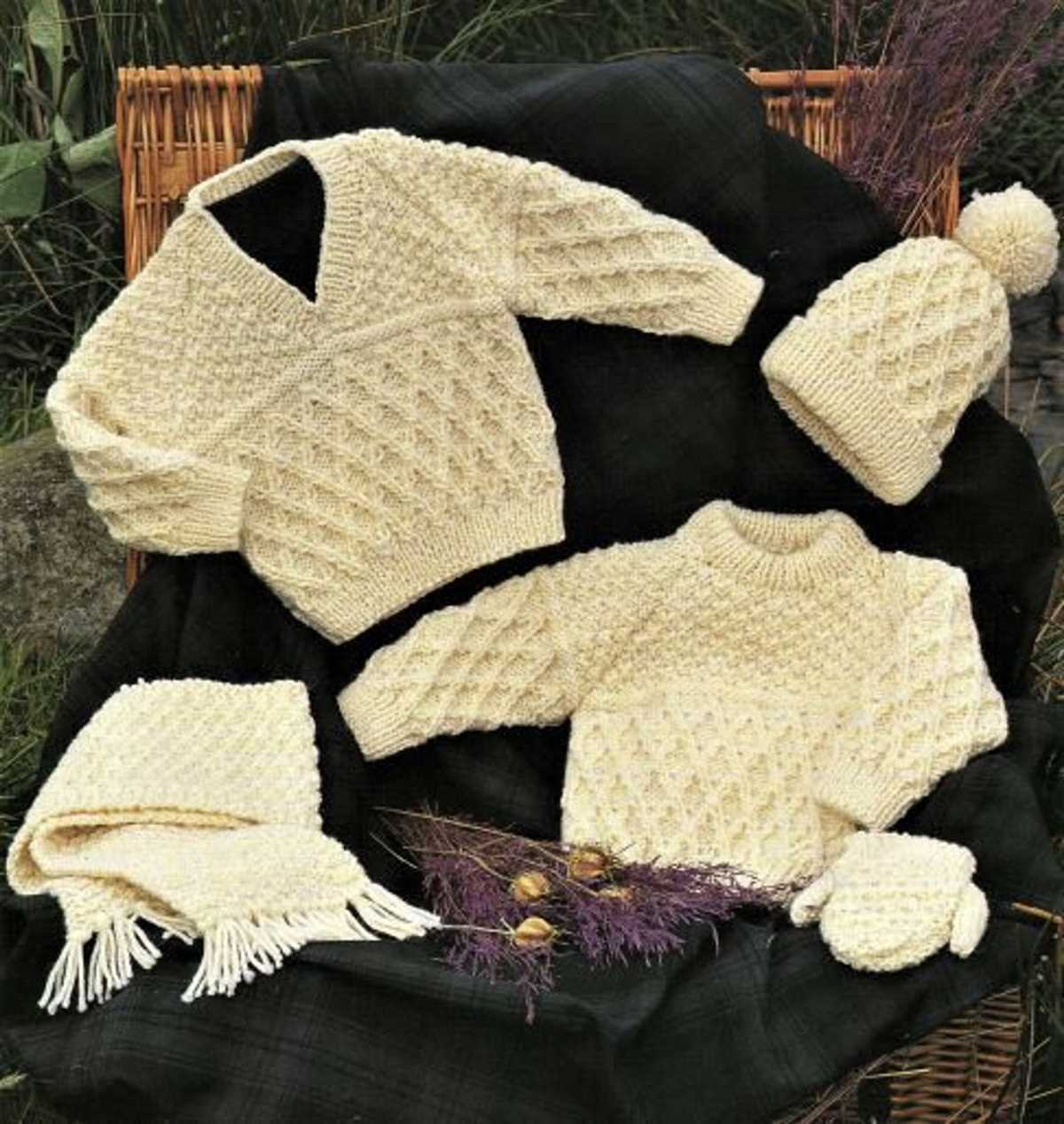
In addition to cables, you can add other textural elements to the Aran sweater. Consider including bobbles, lace panels, or even beads for a touch of glamour. These details will not only elevate the design but also provide a sensory experience for the child.
5. Consider Sizing and Fit
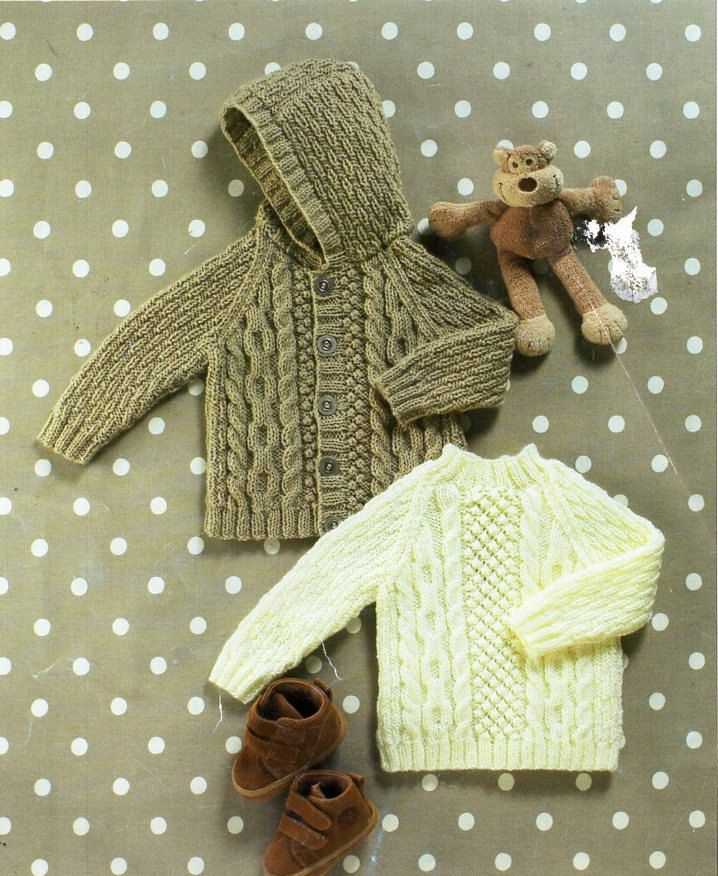
When knitting an Aran sweater for a child, it’s important to consider the sizing and fit. Take accurate measurements of the child’s chest, arms, and length to ensure a proper fit. You can also adjust the pattern to make it more fitted, loose, or cropped based on the child’s style preferences.
By incorporating these inspiration and ideas into your Aran sweater project, you can create a unique and personal garment that the child will cherish for years to come. Don’t be afraid to let your creativity shine and make the sweater truly special.